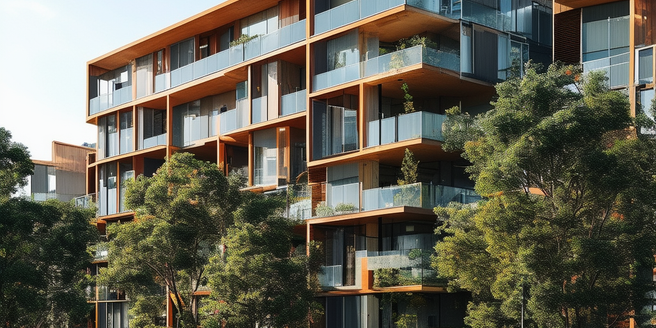The Early Beginnings of Affordable Housing
In early human civilization, societal status and wealth often dictated the type of housing one could afford, with people of affluence living in grand estates symbolizing luxury and dominance, while those of lesser means resided in humbler dwellings. However, as societies worldwide urbanized, the need for affordable, practical housing for all citizens grew, forcing a shift in the nature of the housing landscape. An example of this shift is seen in the Middle Ages when cities began having varied architectural designs including small houses, multi-family apartments, and single rooms within larger structures to accommodate the working class and their dependents. Ensuring suitable living conditions were seen as key to maintaining productivity, thus these societies displayed an awareness about the importance of affordable housing options.
The Impact of the Industrial Revolution on Housing
The Industrial Revolution instigated a sweeping societal transformation, including in population distribution and housing conditions. This period of intensified industrial development led many people to migrate from rural to urban areas, seeking improved employment opportunities, and causing a dramatic increase in urban populations. Unfortunately, cities were unprepared for this influx of people, leading to unprecedented housing issues. The buildings and infrastructure simply were inadequate, resulting in problematic living conditions for a significant portion of the population.
During this tumultuous period, the issue of affordable housing became a pressing societal concern. Housing solutions were required that were not only sufficient in quantity but also low in cost. This need for affordable housing strongly influenced urban development planning, housing policies, and social welfare, creating a significant milestone in societal evolution. The concept of affordable housing thus became more than a concept, but a necessary solution to the housing crisis catalyzed by the Industrial Revolution.
Affordable Housing in the 20th Century
The 20th century witnessed a considerable shift in government participation in housing matters. An unprecedented increase in involvement saw governments taking on more responsibility and enrolling in a series of programs aimed at provisioning for affordable housing options for every citizen. These undertakings were not only limited to housing but also extended to areas like employment and infrastructure development, making it a multi-dimensional approach balancing various social and economic factors. This global understanding that housing is not only a fundamental need but also an ingredient of economic prosperity led to the inception of social housing, public housing, and rent-control policies. Social housing introduced a novel concept where the government or non-profit organizations alleviate the housing shortage through construction and management of low-income houses, while public housing meant government-owned projects aimed at providing affordable homes. Rent control policies were also introduced to limit extreme rent increases, ensuring affordable renting options. Overall, the 20th century marked the rise of greater government involvement in the housing sector, establishing various programs and policies focused on providing affordable housing for the populace.
Government Policies and Their Impact on Affordable Housing
The government plays a crucial role in housing availability and affordability, primarily through essential policies and regulations. Initiatives like providing subsidies to families with low income or enforcing rent control laws help manage housing prices and assist residents in finding affordable homes. These policies can address issues of homelessness and overcrowded housing. However, poorly crafted or implemented strategies can lead to exacerbated housing problems. Misguided initiatives could potentially reduce housing supplies and inflate costs. Therefore, while providing and regulating housing is indeed a government responsibility, careful planning and execution are necessary to ensure the success of these policies without negatively impacting the housing market.
The Future of Affordable Housing
In today’s world, the demand for affordable housing is surging largely due to a rising population and an existing gap in housing availability. Thus, the urgent need for cost-effective housing solutions is set to persist and escalate further. To meet this demand, we need to explore cutting-edge solutions at the intersection of advanced construction technology, which can reduce costs and increase efficiency, and comprehensive policy reform to encourage affordable housing. The future of affordable housing no longer hinges on traditional methodologies, instead, it calls for our society’s adaptability and innovation to create adequate, affordable housing. Maintaining a strong focus, we should ensure everyone, regardless of their economic background, has the right to homeownership. Finally, it’s crucial to champion innovation in construction and essential policy reform while keeping our focus on the vision of affordable housing for all. This, after all, is at the heart of establishing a sense of belonging.



